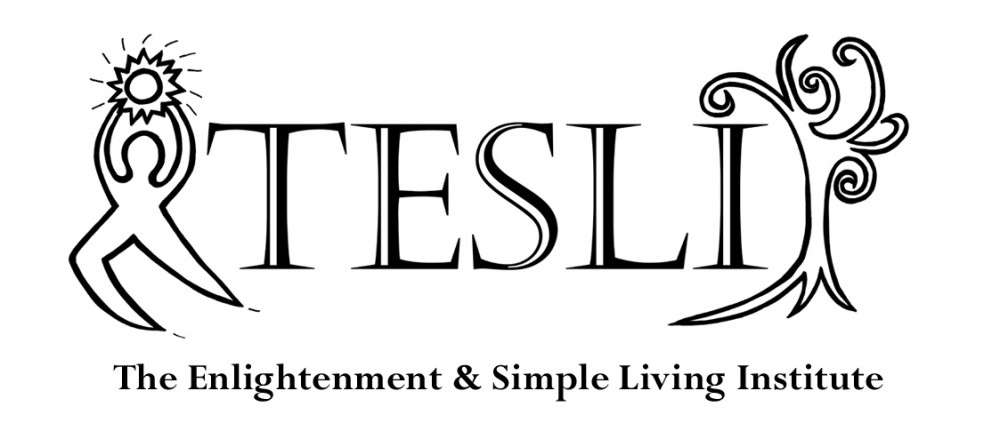I used to think that the tradition of fermenting food was just a way to preserve food.
I didn’t realize that it also increases the bioavailability of nutrients and provides friendly bacteria that help balance the gut and support a healthy immune system.
I tired once, in my early twenties, to make saurkraut. I used a large crock and left the cabbage salt mix outside. I was a little uneasy with the results and they found their way back to mother earth without touching my digestive system.
More recently I became interested in the process of fermentation when I read about the tooth decay diet. They suggested fermenting grains as well as vegetables. I thought I’d give it a try. I was particularly interested in making pickled watermelon rinds, since I had quite a few watermelon volunteers (Yes, only in Phoenix are you still harvesting watermelon in November and December.)
The supplies are rather easy to get. I ordered mine from Amazon. First you need to have a container where you can ferment the vegetables in the absence of oxygen. A glass mason jar with food grade plastic cap and a bubble airlock with a stopper do nicely. I ordered my items separately which ended up costing about $45 dollars. The caps were the big ticket item ($28). I choose reCaps, because I could verify that they were BPA & Phthalates-free.  If you are price sensitive you may want to try this beginners kit which is only $25 and essentially has the same items. I didn’t opt for the beginners kit myself, because, although it was food grade, I couldn’t find information about BPA and Phthalates. However, the brew doesn’t normally touch the cap anyway and I wasn’t really impressed by the reCaps I used.
If you are price sensitive you may want to try this beginners kit which is only $25 and essentially has the same items. I didn’t opt for the beginners kit myself, because, although it was food grade, I couldn’t find information about BPA and Phthalates. However, the brew doesn’t normally touch the cap anyway and I wasn’t really impressed by the reCaps I used.
The fermentation process does best when it is warm. If you want you can monitor the temperature with a Thermometer. Since it is beginning to get chilly in Phoenix, I used a Heating Pad when it was getting below 65 degrees Fahrenheit. Most heating pads these days have an auto off function, the one I used is a rarity. It stays on until turned off manually.
The airlock comes in three pieces. The main body, a plastic  insert and the plastic cap. Remove the plastic cap and the insert. Then fill the main body with water about 3/4 of the way full. There is a “fill line” if your eyes are good and you can see it. Then drop the insert back in and place the cap in position. See picture to the right.
insert and the plastic cap. Remove the plastic cap and the insert. Then fill the main body with water about 3/4 of the way full. There is a “fill line” if your eyes are good and you can see it. Then drop the insert back in and place the cap in position. See picture to the right.
Extra gas coming up from the fermentation vessel with push the insert up a little and release gas to the space above the water. The extra gas then leaves through the pin holes in the plastic cap. This device allows the carbon dioxide to leave and prevents any oxygen from entering, allowing the mixture to ferment anaerobically.
Now for the fun. What can you ferment? Anything vegetable and then some! I started with watermelon rinds and green beans. Here are my recipes:
Old-Fashioned Pickled Watermelon Rinds (no sugar)
Old-Fashioned Pickled Green Beans (no sugar)
Your purchase using the following links supports TESLI. Thanks!

